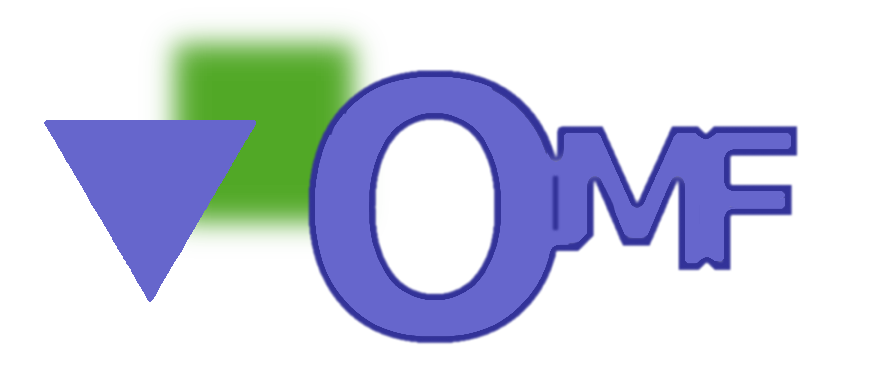| | 1 | = The Basic Tutorials - OMF 5.2 = |
| | 2 | |
| | 3 | [[TOC(heading=OMF Documentation, OMF/*, reverse, depth=1)]] |
| | 4 | |
| | 5 | These sets of tutorials provide the basics that should help you get started with OMF 5.2 |
| | 6 | |
| | 7 | If you are a new OMF users, we highly recommend that you read through them. You may also want to read through the short OMF Introduction page, the Usage Overview page, or the Getting Started page. |
| | 8 | |
| | 9 | You have 2 options to learn about OMF (i.e. 2 learning paths): |
| | 10 | a suite of basic incremental tutorials, to quickly learn how to use OMF's feature |
| | 11 | a step-by-step guide to develop a complete experiment (under-development) |
| | 12 | Option 1 - Quick and Incremental Learning¶ |
| | 13 | Here you will create run an extremely simple OMF experiment, then we will incrementally present further OMF features. |
| | 14 | |
| | 15 | == How To... == |
| | 16 | |
| | 17 | "Hello World" - the base experiment, i.e. one sender, one receiver, already installed applications |
| | 18 | |
| | 19 | Pass parameters to your experiment, and change them at run-time |
| | 20 | |
| | 21 | Configure/Send actions to all resources in one/many group(s), with substitutions |
| | 22 | |
| | 23 | Use your own or a 3rd party application with OMF |
| | 24 | |
| | 25 | Use Measurement Filters to customize your Measurement |
| | 26 | |
| | 27 | Option 2 - Complete step-by-step guide (under-development)¶ |
| | 28 | |
| | 29 | In this tutorial stream, we will follow the steps presented in the OMF usage overview page to guide you through the basic stage of developing, executing, and accessing the results of a simple experiment. This covers the development of the application under evaluation to the analysis of its results. |
| | 30 | |
| | 31 | * Step 0: the scenario |
| | 32 | * Step 1: developing the software to evaluate |
| | 33 | * Step 2: developing the experiment |
| | 34 | * Step 3: running the experiment |
| | 35 | * Step 4: accessing and analyzing the results |
| | 36 | * Step 5: experimenting further |
| | 37 | |
